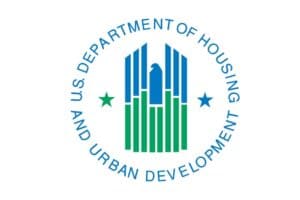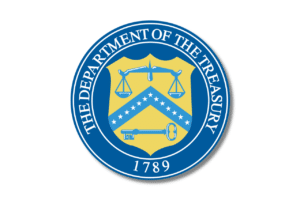HUD has formally approved changes to the debt service coverage (DSCR) and loan-to-cost (LTC)/loan-to-value (LTV) criteria for 221(d)(4) and 223(f) programs.
HUD also approved changes to underwriting thresholds for Middle Income Housing for 221(d)(4).
What does this mean? It directly translates into increased proceeds to help projects close funding gaps and create housing supply across the country.
FHA loan programs already offer some of the longest terms and greatest proceeds in the industry.
Here is a summary of the new DSCR changes, effective immediately.
Market-rate properties processing either 221(d)(4) or 223(f) transactions:
- DSCR reduced from 1.176x to 1.15x; and
- LTC/LTV increased from 85 to 87 percent.
Affordable housing properties (LIHTC) processing either 221(d)(4) or 223(f) transactions:
- DSCR reduced from 1.15x to 1.11x; and
- LTC/LTV increased from 87 to 90 percent.
Missing middle/workforce housing properties processing a HUD 221(d)(4) transaction:
- DSCR reduced from 1.17x to 1.11x; and
- LTC/LTV increased from 85 to 90 percent.
All targeted units must be secured by a use restriction and must be monitored by a state or local government entity annually.


